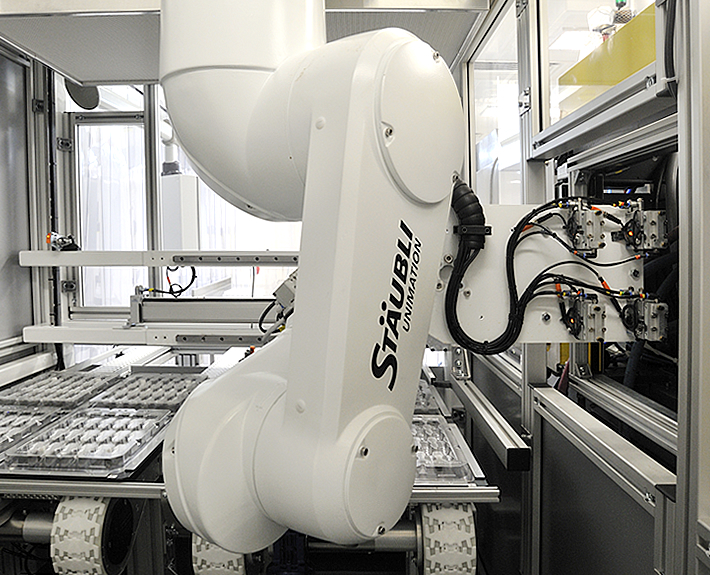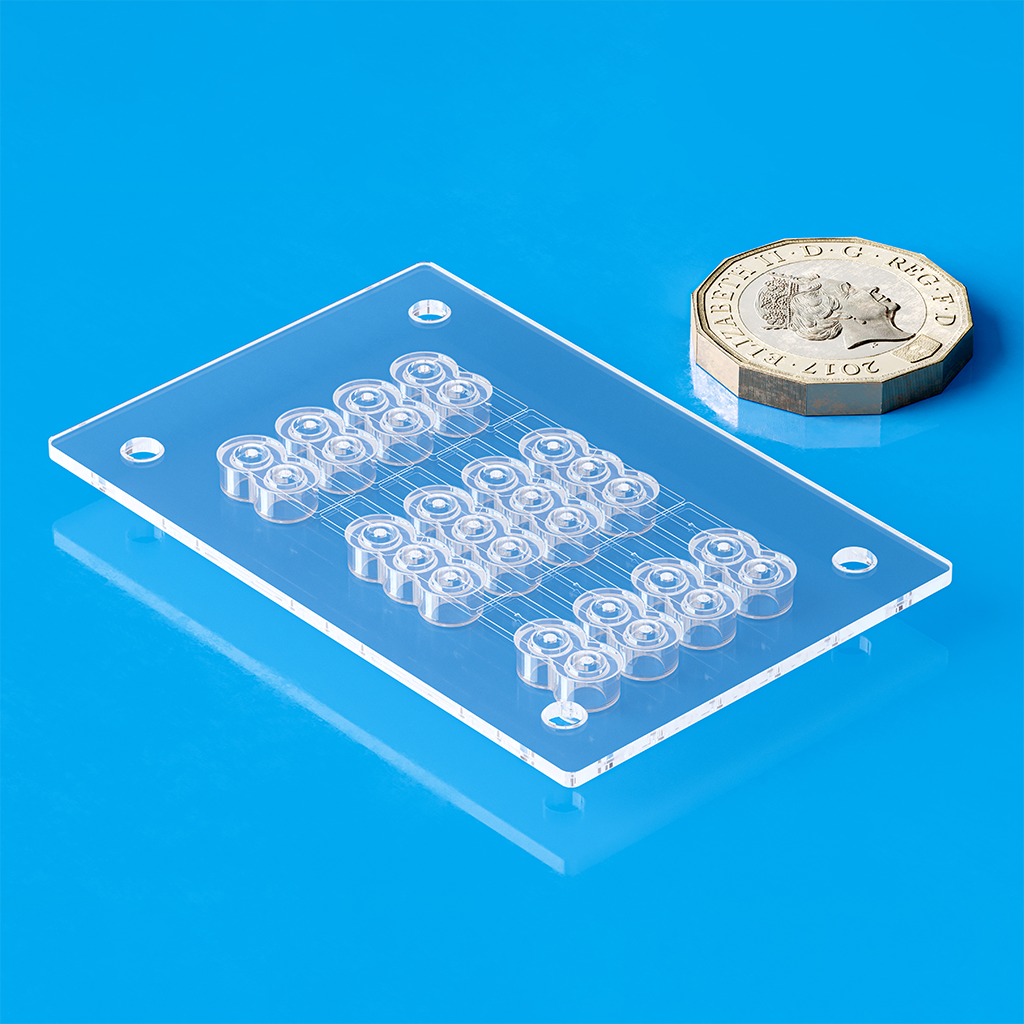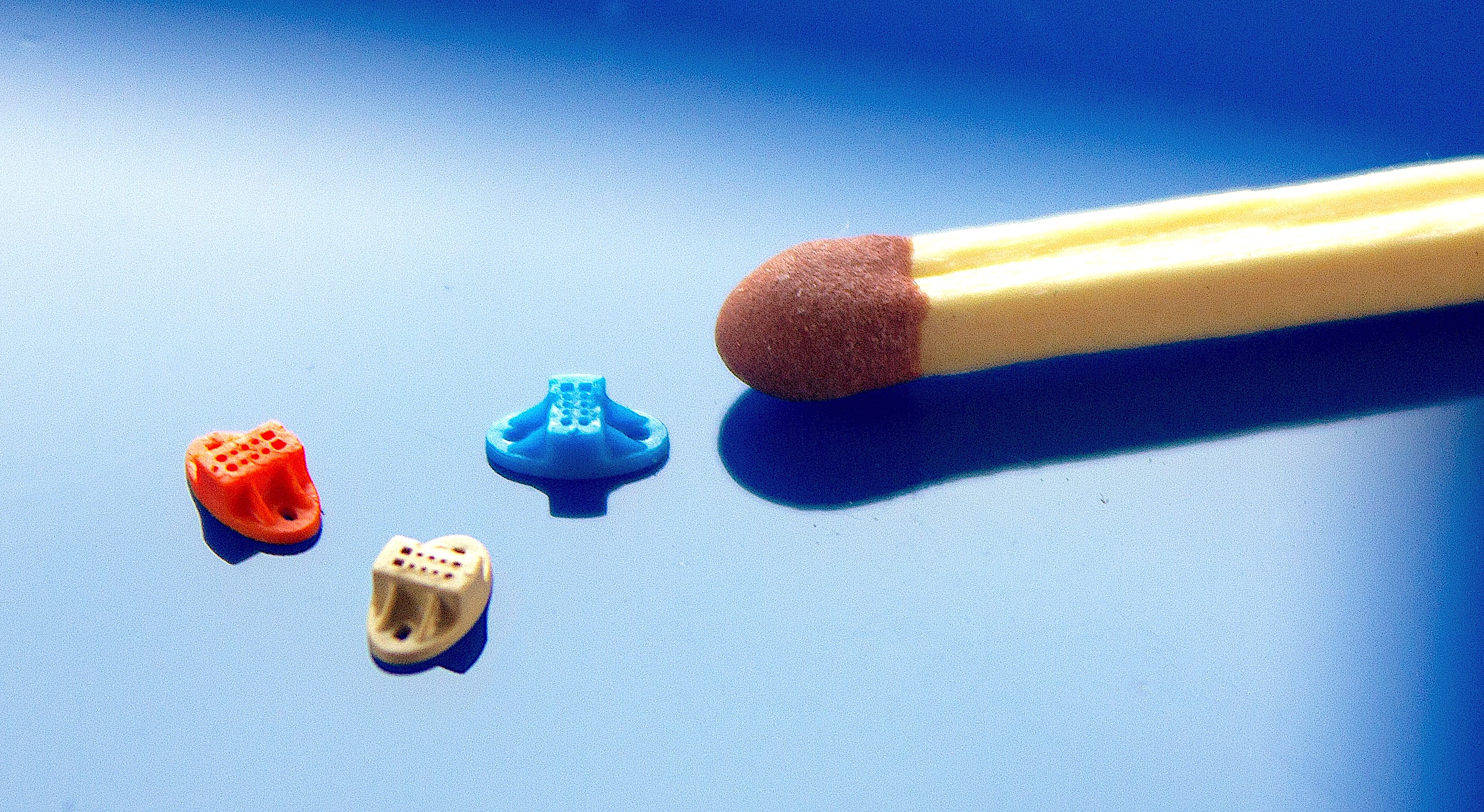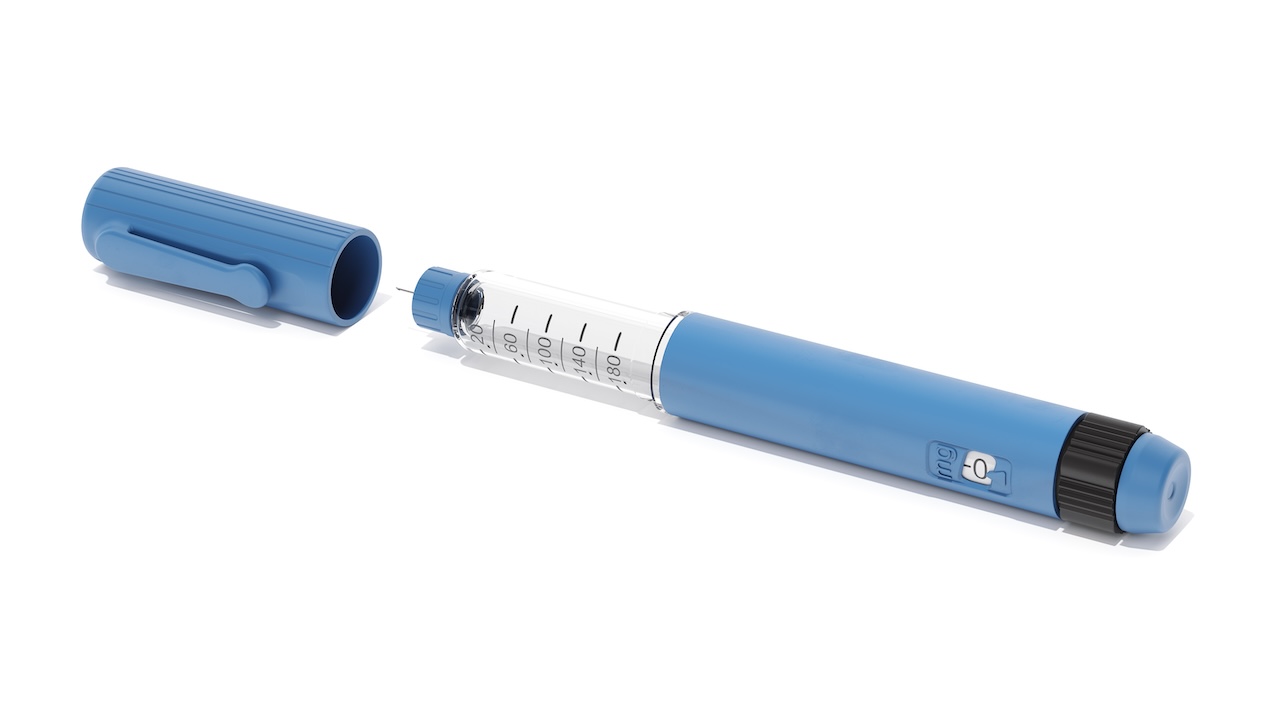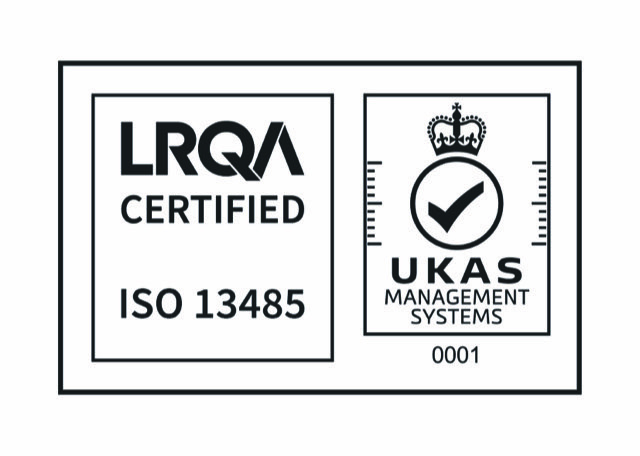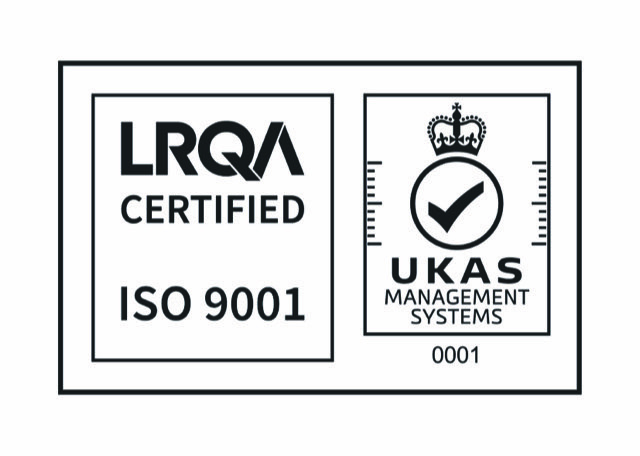Design for Manufacturing in Mold Design and Manufacture
What is Design for Manufacturing?
A key component of product development is Design for Manufacturing (DFM), which optimises a product’s design to make the manufacturing process easier. Design for manufacturing, or manufacturability, or DFM, is an engineering approach that prioritises design when developing a component or tool, resulting in a more efficient and less expensive end product. Employing DFM concepts helps manufacturers make the manufacturing process more efficient by creating, iterating, simplifying, and optimising items before they are created, hence reducing manufacturing costs and enhancing overall product design, which makes it more crucial for companies in a variety of sectors in today’s fiercely competitive global marketplace.
What are the principles of Design for Manufacturing?
Five fundamental elements are examined in the design for manufacturability (DFM) process: process, design, material, environment, compliance, and testing. This makes it possible for engineers and designers to produce unique parts that are simpler and more affordable to produce.
Process
It’s crucial to carefully evaluate general criteria like cost and production volume when choosing the optimal manufacturing method for a certain product. Instead of only choosing the least cost approach, designers and engineers must also thoroughly consider all of the production possibilities available in order to determine which is the best one.
Design
Applying DFM concepts to production requires careful consideration of product design, since even little changes may have a significant impact on lead times and prices. Generally, going with a straightforward design is the best option. Not all designs can be so basic, but producing a design that is too complicated carries a higher level of risk. Hence, using DFM techniques for design analysis is essential to staying competitive in the market.
Material
Early material selection can help manufacturers save both money and time. Both price and quality are impacted by the chosen materials. When selecting materials, a few factors come into play, including conductivity, flammability, mechanical qualities, and thermal properties, to determine the optimal choice.
Environment
The quality standards of a product are significantly impacted by the projected operating environment. Every operational condition needs to be considered, and every component of the product needs to function under these circumstances. For example, higher standards must be met when building a mould for use in a medical environment, particularly in relation to medical parts of internal use. However, since production costs are a crucial factor as well, DFM principles mandate that designers make sure that quality targets are realistic.
Testing
Extensive testing is always required, as at every level, all components and products must meet industry requirements. To prevent issues during production, manufacturers need to consider testing throughout the design stage of the process. As fixing these issues at the end of product development is significantly more expensive, DFM principles advise compliance testing on a design prior to mass production.
Design for Manufacturing in Mold Design and Manufacture
For a successful Mold manufacture and hence Plastic injection molding project, the concept of Design for Manufacturing could simplify, optimize, and refine the product design to provide a more cost-effective, efficient product. DfM can also help guarantee manufacturing feasibility, minimize part failure and determine the complexities of manufacturing.
In mould design and manufacture, factors like draft angle, uniformity of wall thickness, location of gates, venting, edge radius, undercuts, texture and surface finish, tolerances are crucial to be considered. Besides, tooling consideration is also essential, hence designers should work closely with the tool maker to make sure the material qualities and part design match the mold design. Designers should also determine the optimal number and complexity of mold cavities by considering the demands of the manufacturing volume. For assembly and post-processing, designers need to incorporate features like self-locating tabs, snap fittings, and mating surfaces into your components design to make assembly simple, at the same time, reduce the amount of post-processing or secondary processes that are required.
The chosen plastic material for the injection molding process plays a crucial part in DfM for moulds. The shrinkage rate of the plastic resin remains one of the most difficult variables to control during the plastic injection molding process. The chemistry of the resin, any fillers or additives, and the shape of the component features all affect this rate. In order to maximize these crucial areas, product designers and tooling engineers should have regular communication to ensure the final mold is designed and manufactured for the specific chosen plastic in mind. 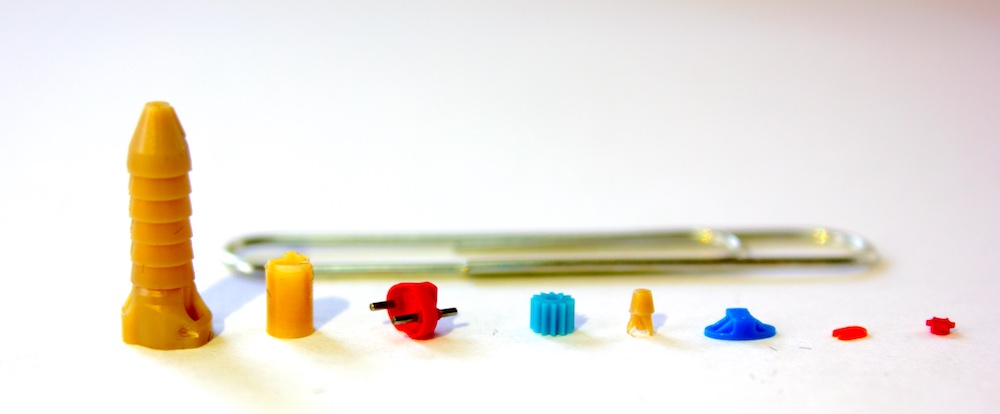
Choosing the correct manufacturing partner is crucial to the financial situation and level of achievement of a successful mold design and manufacture project. When it comes to mold tooling, professional toolmakers like Micro Systems will fully support their clients through a Design for Manufacture (DFM) process to help save time and money. As one of the leading mold tool makers in the UK and the world, our team of toolmakers at Micro Systems has years of experience designing and manufacturing ultra-precision molds for the Medical, Pharmaceutical, Ophthalmics and Diagnostics industries.
Contact us today to discuss your Mold Manufacture project!

